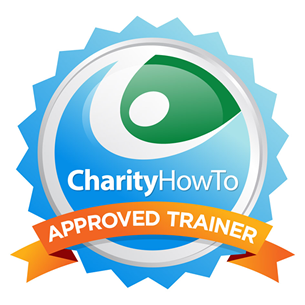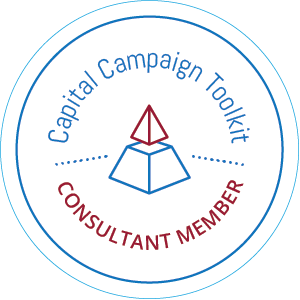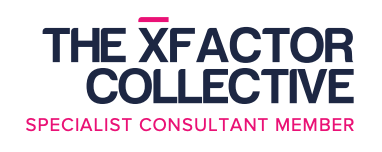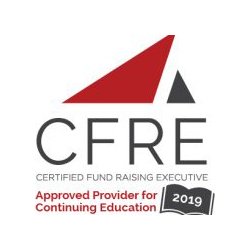Often, I work with clients who don’t adequately plan for their calendar year-end efforts. This lack of planning does a disservice to the organization for a couple of important reasons. One such reason is that calendar year-end efforts and an annual fund are part of the building blocks of all fundraising. Second, the year-end calendar time is the most philanthropic time of the year.
Far too often, I see organizations that put out a budget goal just because they have a funding deficit or that is what is needed by the organization. Creating a budget and campaign goals this way is most often not realistic. It is far from the method by which I would recommend.
What one needs to be looking at is the quality and number of the gifts required to reach one’s fundraising goal.
Here are a few tips to keep in mind:
- It is more than likely that 10% of the gifts have the potential to produce 60% of the money required.
- Correspondingly, 20% of the gifts have the potential to produce 15-25% of the money raised.

- And, 70% of the gifts have the potential of bringing in the remainder required.
- What I recommend is that you create a gift chart for your calendar year-end efforts. Yes, gift charts are not just for capital campaigns. You can use them for any of your organization’s fundraising goals, from large to small. Gift charts are also an excellent way to test the feasibility of a particular campaign or goal before you even begin. You can even create gift range charts for Annual Funds as small as $10,000 to $20,000, or even less if need be.
- From here, you can focus your time and effort on strategies that are most cost and time effective. The gift range chart allows you to see the number of donors and the number of prospects needed to reach your goal. From there, you need to ask yourself, “Do I have the number required?”
- While small gifts via direct mail are okay, you can now see that a much more effective strategy would be to incorporate some major gift solicitations into reaching your goal. The pure fact of the matter is that it would take one hundred $100 gifts and 400 prospects to reach the same goal for which you could easily ask for two gifts at $5,000 with eight prospects. I ask, “What seems like the better strategy?”
Setting a campaign goal without planning is planning to fail, or what I refer to as using the “Hope and Pray” method of fundraising.
However, it also demonstrates the fact that you need an active and healthy development program from which to draw the number of prospects and donors.
What many fail to realize is that, in most cases, 10% of the gifts are lying in wait in our donor base. We just need to design a gift chart and corresponding strategy that compels us to ask them personally. If you don’t ASK, you will never GET.
For a free, 30-minute consultation, or to learn more about our “Survive and Thrive” professional coaching services, visit us here at www.hireacfre.com or book your fundraising coaching session at http://calendly.com/developmentconsultingsolutions/30min.
Join my new nonprofit “tribe” who are surviving and thriving! Click HERE to join my private Facebook group: Nonprofit Survive and Thrive Mastermind and receive support and inspiration to drive your results.










Leave a Reply
Want to join the discussion?Feel free to contribute!